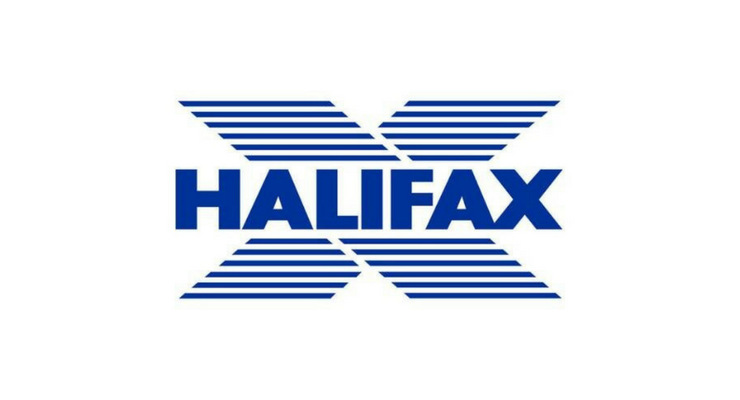Custodial and alternative rental deposit schemes on the rise pushing transparency in the sector
The latest research by rental deposit replacement scheme Ome, has looked at how the growing preference for custodial deposit protection schemes is creating a more professional, safer and transparent rental sector, with the emergence of deposit alternatives also helping to drive this change.
Data from Ome shows that the number of deposits protected via insurance-based deposit protection schemes has fallen -8.3% on the previous year, while the number of deposits protected via custodial schemes is up 24.4% on the previous year. A trend that has been seen consistently since Ome’s sister company, mydeposits, launched a custodial protection scheme alongside their insurance-based option in 2015.
Ome believes this trend is an overall positive one for the lettings sector as not only are custodial schemes preferable for many tenants, who may otherwise feel uneasy about a landlord holding onto their money personally, but it also limits the amount of client money held by agents to further reduce risk in the industry.
With the upcoming launch of Ome and continued success of mydeposits, parent company Hamilton Fraser will be the first provider to offer the choice of three deposit options when tenants secure a rental property. This will drive further progress for choice and transparency as the sector continues to progress.
What’s the difference?
Insurance-backed Deposit Protection
With an insurance-backed deposit protection scheme, the landlord or agent takes the security deposit from the tenant and registers it with a government-approved scheme but the money remains in their bank account. This allows them to control the money for the duration of the tenancy but requires a small fee to be paid to the scheme provider.
At the end of the tenancy, the landlord or agent is free to negotiate any return with the tenant, agreeing on deductions before returning the money without needing to involve the deposit protection scheme. This is often the quicker of the two traditional deposit protection schemes when ending a tenancy.
The scheme reimburses the tenant at the end of the tenancy should the landlord or agent be unable or unwilling to return the right proportion of the deposit to the tenant when it is legally due following a dispute resolution process. The landlord is expected to send the scheme the disputed amount whilst the scheme decides who gets what. It is the scheme that is insured rather than the tenant to cover the scheme’s liability to pay the tenant when the landlord or agent won’t.
Custodial Deposit Protection
With a custodial scheme, the money is collected by a landlord or agent and then lodged within a government-approved protection scheme.
This scheme provider then takes custody of your money and holds it for the duration of the tenancy, only releasing it once both parties agree on a returned sum or a tenancy dispute has been resolved.
Both landlord and tenant can initiate the request to return funds but both must agree on the sum being returned. Today, all of this can be done easily online via portal that all parties will have access to.
The benefit to a tenant is that an independent third party has control of the money and again, the money remains safe if the landlord or tenant goes out of business. The money will only be returned once a tenancy has finished or if the landlord or agents wish to move it to another protection scheme.
Ome’s Deposit Replacement Membership
Ome’s Deposit Replacement Membership removes the requirement of a cash deposit altogether, with a landlord or agent registering the tenancy online and inviting the tenant to create their membership.
Tenants pay a small monthly membership until the end of the tenancy, at which point the tenant and landlord are free to negotiate any end of tenancy settlements. Where an agreement cannot be met the negotiation can be escalated to the same adjudication team as mydeposits use.
The core benefit to tenants is cash flow. Unlike cash deposits, or even some of the more traditional deposit alternatives, the tenant can manage their finances over a longer period of time.
A landlord can feel comfortable that they receive the same financial security as a cash deposit, however as no money exchanges hands are not threatened with a fine of up to three times the deposit should they forget or fail to protect a deposit properly. Even where a tenant leaves the property early (or fails to maintain their membership fee) Ome will ensure landlords are reimbursed for their losses as a result of a tenant’s breach of contract.
Co-founder of Ome, Matthew Hooker, commented:
“There isn’t a huge difference between an insurance or custodial deposit protection scheme from a tenant perspective and both will deliver a certain degree of protection. However, it’s clear that the industry is slowly moving away from the insurance-backed protection scheme and this is largely due to a focus on raising standards and increasing transparency across the sector, with landlords opting for custodial schemes in order to provide and maintain this level playing field throughout.
Poor communication during the repayment of deposits is currently the biggest cause of tenancy disputes so it’s clear that the industry is heading in the right direction by opting for custodial schemes that enforce the need to itemise deductions before the money can be released. The next logical step is to provide a trusted, cashless option that not only requires an itemised list of end of tenancy settlements but also requires the evidence upfront.
That said, while custodial schemes continue to become ‘the norm’ and the increase in the number of deposit replacements such as Ome are also providing tenants and landlords with an additional route that further removes many of the friction points of deposit disputes entirely, we believe that the ultimate goal is tenant choice.
Looking into the future, and in the context of a Lifetime Deposit, it wouldn’t be unimaginable that tenants have the choice as to where they put their money for protection during a tenancy. Whether this is with a custodial scheme or a deposit replacement, all options should provide the same fundamental protection and operate to the same minimum standards in order to better the sector as a whole.”
|
Insurance-based Deposit Protection Data
|
|
|
Year
|
Change in volume of deposits protected
|
|
2016/2017
|
N/A
|
|
2017/2018
|
-3.5%
|
|
2018/2019
|
-8.3%
|
|
Custodial Deposit Protection Data
|
|
|
Year
|
Change in volume of deposits protected
|
|
2016/2017
|
N/A
|
|
2017/2018
|
48.9%
|
|
2018/2019
|
24.4%
|









